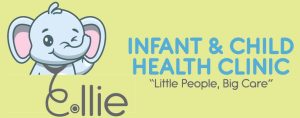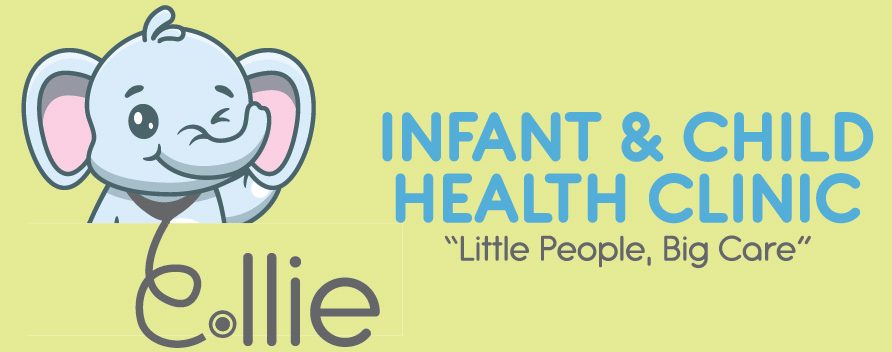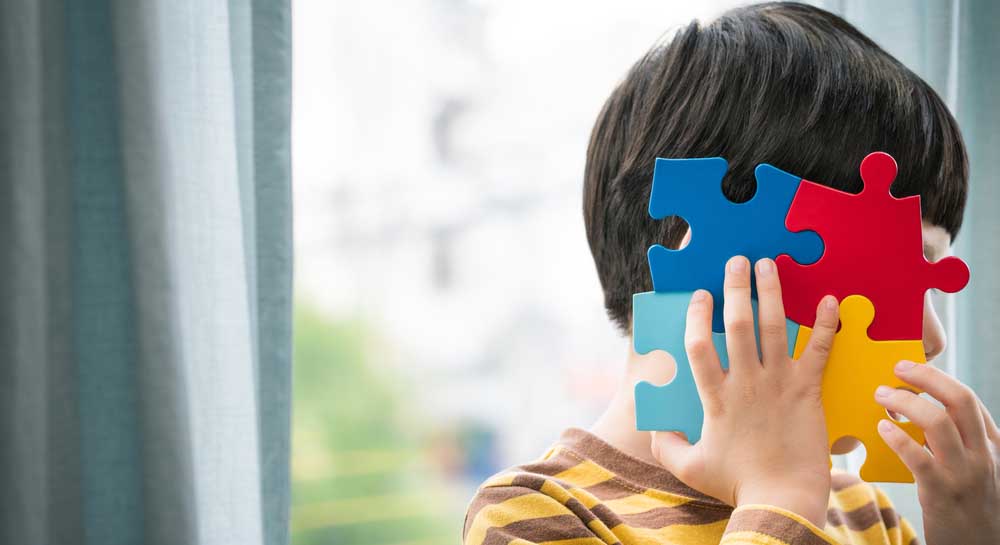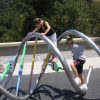Autism Spectrum Disorder – Signs and Symptoms
April is Autism Awareness Month
Autism Spectrum is neurodevelopmental condition that affects a child’s development in two major ways:
- The ability to communicate and interact with others (sometimes known as an “Autistic Aloneness”)
- Behaviors that are restrictive and repetitive (sometimes known as an “Insistence on Sameness”)’
Both these components have to be present from early childhood for a diagnosis to be made. These symptoms must also cause clinically significant impairment in social, occupational, academic or other important areas of functioning.
The reason we call it a ‘spectrum’ is because it affects children in a wide variety of ways- the way in which the above 2 components are affected results in different people having different traits. It is not just a linear spectrum- think of the spectrum more like a colour wheel!
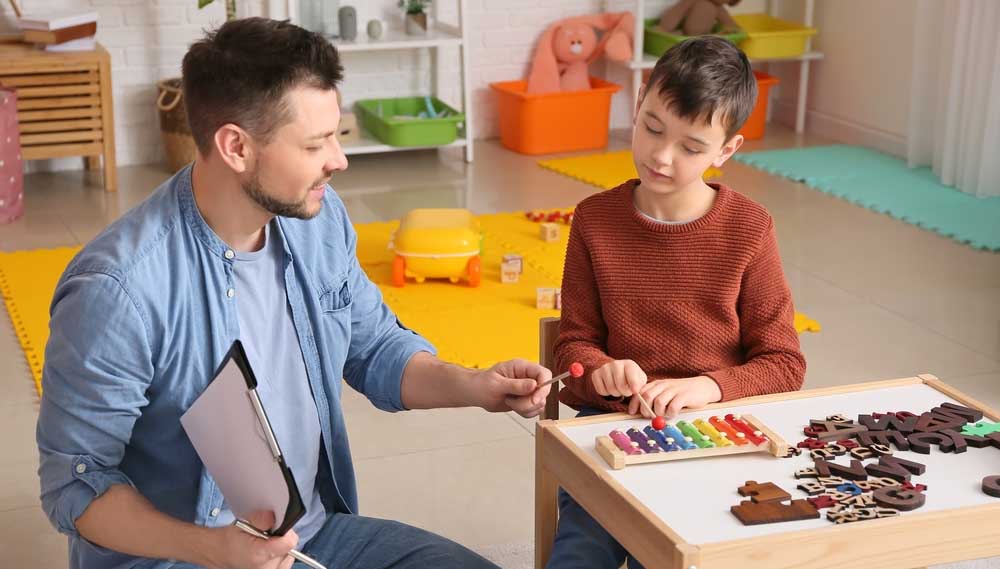
Autistic Aloneness: Challenges with Social Communication and Interaction
Children with autism may have delayed language and verbal skills. However, this varies greatly and is not a criterion required for diagnosis- some individuals have very strong verbal skills while others have grossly delayed language skills with some never acquiring language at all (mutism).
Autistic individuals most often struggle with the non-verbal aspect of social communication including understanding and expressing facial expressions and body language including gestural communication. This may be due to a deficit of the ‘mirror neurons’ in neurodivergent brains that influence the ability to learn by mimicking in early childhood. They don’t understand the cues of social interaction that we often take for granted such as greetings or social reciprocity which is the back and forth or give and take in conversation.
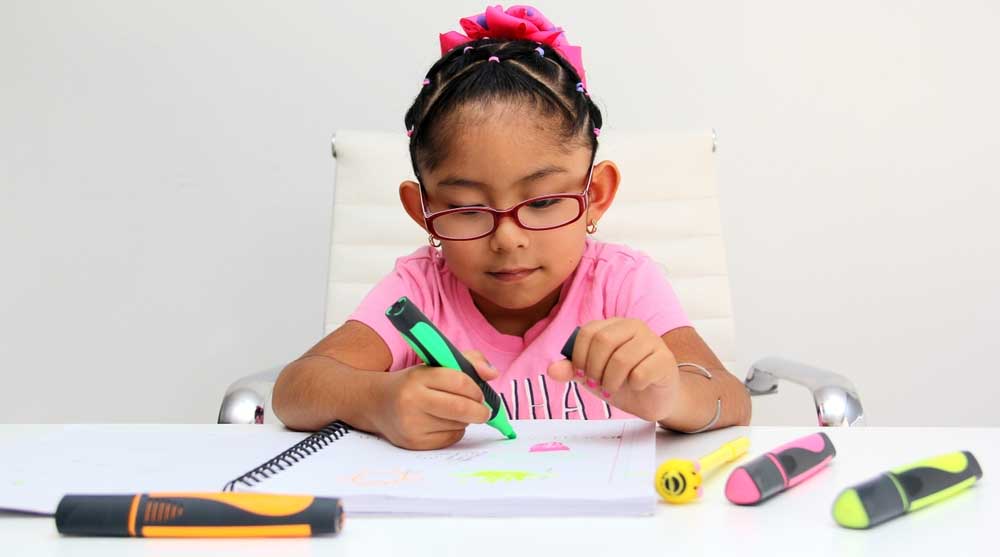
In a toddler you may notice the following signs:
-
- Child doesn’t respond to their name by 9-12 months
- Child doesn’t wave goodbye by 12-14 months
- Child doesn’t make or maintain eye contact
- Child who doesn’t smile or show other facial expressions by 6- 9 months
- Child who is not babbling at 12 months or saying 4-6 words at 18 months (sometimes autistic children have a regression in these milestones)
- Child doesn’t “show and give”– doesn’t use the gesture of pointing to show something they want or something they want to share the experience of. A child with autism may not ‘give’ you something that excites them or they desire, by giving it to you in hand- by 16-18 months
- Child doesn’t understand and play games like ‘peekaboo’ or ‘pat-a-cake’ that require back and forth interaction
- A child that plays in isolation
- A child that doesn’t engage in pretend play
In an older child you may notice the following signs:
-
- Child who doesn’t make eye contact
- Child who has difficulty making reciprocal back and forth conversation (turn-taking)
- Child who speaks in a monotone
- Child who has difficulty recognizing other’s emotions and responding appropriately in social situations
- Child who has difficulty using and reading body language
- Child who doesn’t sing, dance or act for you
- Child who can recite information (even sing a song), but not have a conversation
Sometimes there is a loss or regression of verbal and social skills – this may also be a sign of Autism Spectrum.
Insistence on Sameness: Restrictive Repetitive Behaviors and Interests
Like other aspects of the spectrum, these vary widely in how they present. Autistic individuals often need routine to bring order and logic to what may feel like a chaotic and unpredictable world. They can be very rigid about this and it can be very distressing for them, if there is a break in routine. Examples include bedtime routine, taking the same route to school or work every day, the meal menu).
Autistic individuals often have a highly restrictive interests or a fixation on certain objects or subjects. They will display great knowledge and interest in specific and narrow subjects. They may show a very strong attachment to a certain object or toy.
Repetitive or ritualistic behaviours include:
-
- Lining up or stacking toys or spinning wheels (instead of playing with them in a typical manner)
- Watching the same movie or one particular scene in a movie over and over again
- Touching objects in a set order repeatedly
- Repeating words and phrases (echolalia)
- Repeatedly flipping switches
- Repetitive body movements that are thought to be self-stimulatory, commonly known as ‘stimming’ and a means of emotional regulation, helping to bring calm and comfort and are usually harmless. Sometimes they may cause self-injury (e.g head banging and skin- picking/biting). Examples include:
- rocking
- hand flapping
- finger flicking
- spinning
- running back and forth
- hair twirling
Under- or over-sensitivity to Sensory Stimulation:
Autistic individuals are often over-sensitive to sounds, lights, textures or smells. This is because their brains don’t process and integrate sensory stimuli in the same manner that neurotypical brains do. They may not want to be hugged or cuddled or prefer loose clothing and don’t like clothes labels(touch). They may not be comfortable with everyday noises (auditory) such as a baby crying or noise from a kitchen or home appliance (e.g vacuum cleaner, blender), they may be very picky eaters- refusing certain textures or even colours of food. Some autistic seek more sensory stimulation- they are constantly touching or smelling things or show a visual fascination with lights or movement. Others will be under-sensitive to pain and temperature changes.
Other autism characteristics
-
- Difficulty with executive functioning (planning and organization of daily tasks, juggling multiple tasks, decision making)
- Trouble with fine motor skills and coordination
